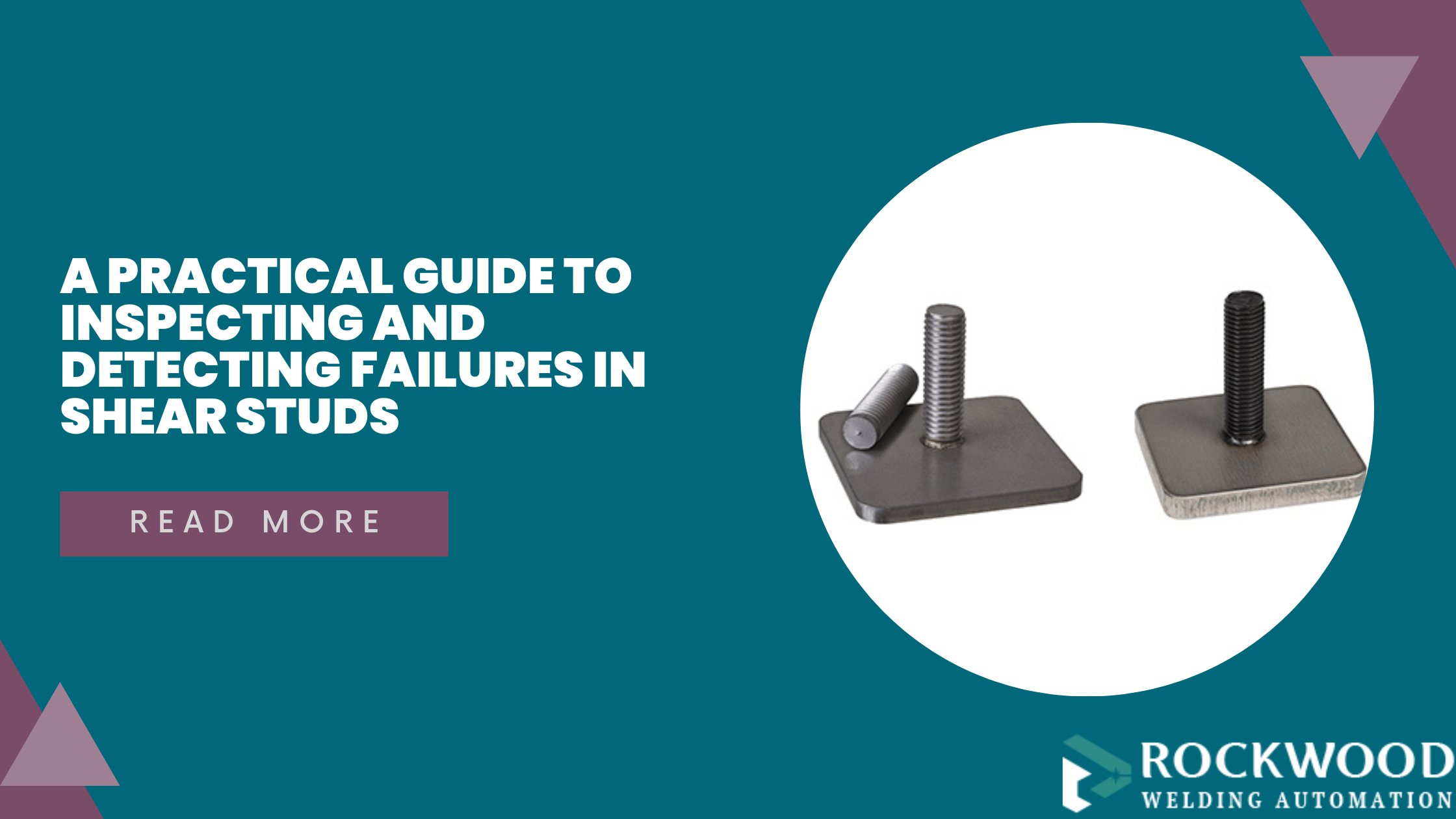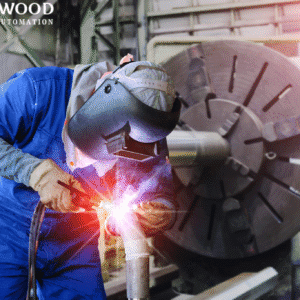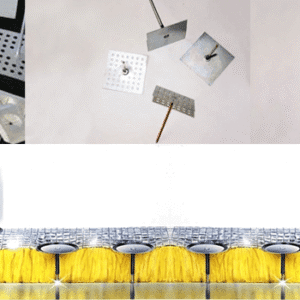In the construction and fabrication industry, the smallest components often play the biggest role in ensuring structural safety and reliability. Shear studs are one such element. Used extensively in composite construction, bridges, and industrial structures, shear studs connect steel beams to concrete, creating a stronger and more stable load-bearing system.
In the UAE, where large-scale construction projects are the norm, ensuring the quality and reliability of shear studs in UAE is crucial. Detecting failures early not only prevents costly delays but also ensures long-term safety. This guide will walk you through the practical steps of inspecting and detecting failures in shear studs so your projects remain secure and compliant with industry standards.
Why Inspection of Shear Studs Matters
Shear studs act as the critical link between concrete and steel. Any defect or failure can compromise the structural integrity of a project, leading to:
- Reduced load-bearing capacity
- Cracks in concrete slabs
- Increased maintenance costs
- Safety hazards for workers and users
Routine inspection ensures these issues are identified and corrected before they escalate into costly structural failures.
Common Causes of Shear Stud Failures
Before diving into inspection methods, it’s important to understand why shear studs fail in the first place. Some of the most common causes include:
- Poor Welding Quality – Inadequate welding practices or using substandard welding equipment can result in weak joints.
- Material Defects – Studs made from low-quality or incompatible materials may not perform as required.
- Improper Installation – Incorrect placement or alignment of studs reduces their effectiveness.
- Excessive Loads – Overloading beyond the design capacity can cause premature failure.
- Corrosion and Wear – Exposure to harsh environments without proper protection can weaken studs over time.
By being aware of these causes, engineers and fabricators can focus their inspections on the most likely areas of concern.
Step-by-Step Guide to Inspecting Shear Studs
1. Visual Inspection
The simplest and most immediate method is a thorough visual check. Look for:
- Visible cracks in the welds
- Incomplete fusion between the stud and base plate
- Misaligned studs
- Signs of corrosion or rust
Visual inspection should always be the first step before moving on to more advanced techniques.
2. Hammer Test (Tapping Method)
A quick, practical test involves tapping the shear stud with a hammer. A strong, solid sound indicates proper fusion, while a dull sound may point to poor bonding or hidden defects. Though simple, this method gives immediate insights into possible weak spots.
3. Ultrasonic Testing
For more advanced inspections, ultrasonic testing is highly effective. This non-destructive test sends ultrasonic waves through the shear stud and weld area to detect cracks, voids, or incomplete fusions. It’s widely used in UAE’s large-scale projects where reliability is critical.
4. Bend Test
This test involves bending the shear studs in UAE at a specific angle to ensure it doesn’t break or detach from the base plate. While this is destructive to the tested stud, it is useful for confirming the strength of welds during initial installation stages.
5. Magnetic Particle Inspection (MPI)
Another non-destructive method, MPI detects surface and near-surface defects by applying magnetic fields and observing patterns created by magnetic particles. This method helps detect micro-cracks invisible to the naked eye.
Best Practices for Preventing Failures
Inspection is only one part of the equation. To minimize the risk of failures in shear studs, consider these best practices:
- Use High-Quality Materials: Always source certified shear studs in UAE from reliable suppliers.
- Ensure Proper Welding Equipment: Partnering with a trusted welding equipment supplier in UAE ensures you have the right tools for accurate, high-strength welds.
- Train Operators: Skilled technicians should handle stud welding operations to guarantee precision.
- Regular Maintenance: Inspect welding machines and accessories periodically to avoid poor-quality welds.
- Document Inspections: Keep detailed records of inspections to ensure compliance with industry standards and project requirements.
Conclusion: The Importance of Reliable Partners
Shear studs may seem like small components, but their impact on construction safety and efficiency is massive. Regular inspection, combined with preventive best practices, ensures these vital elements perform their role in strengthening steel-concrete structures.
For businesses in the UAE, the key to success lies not just in inspections but also in choosing the right partners. Rockwood Automation, a trusted name in the region, supplies high-quality shear studs in UAE and serves as a reliable supplier of welding equipment. With their expertise, durable products, and commitment to customer success, Rockwood Automation helps businesses build safer, stronger, and more efficient structures.
To read more, click: 7 Reasons: How Small Businesses Benefit from Welding Manipulators




